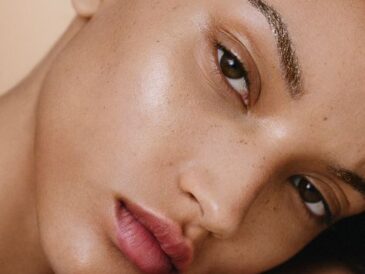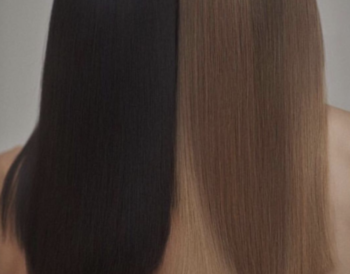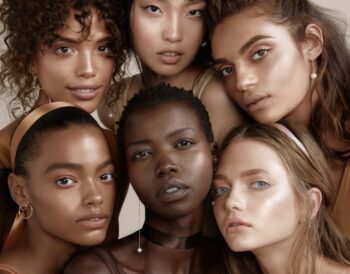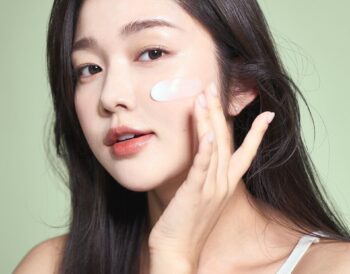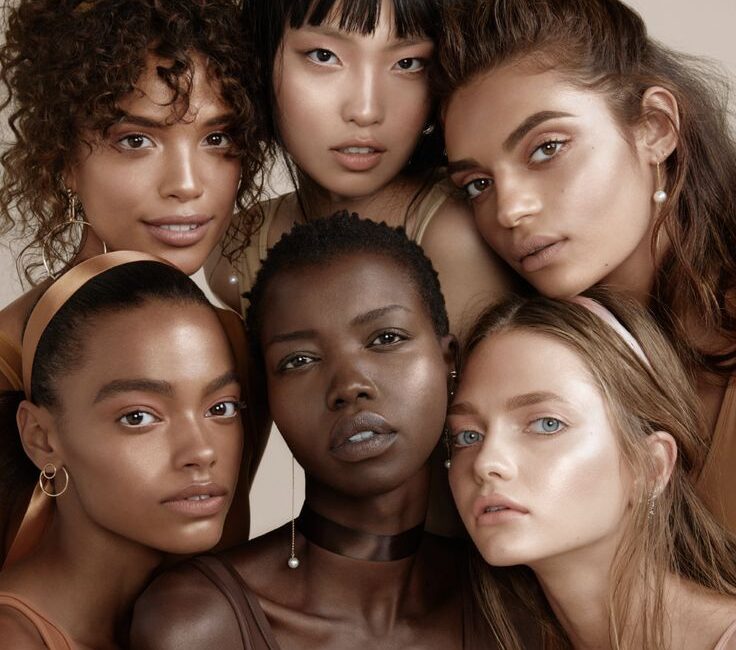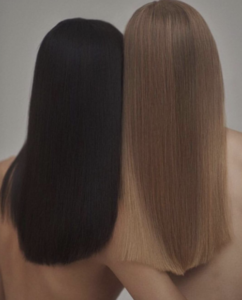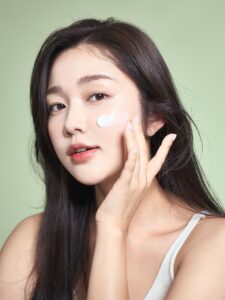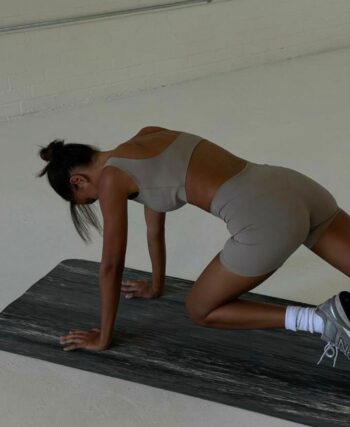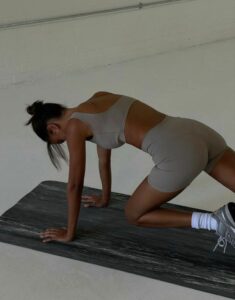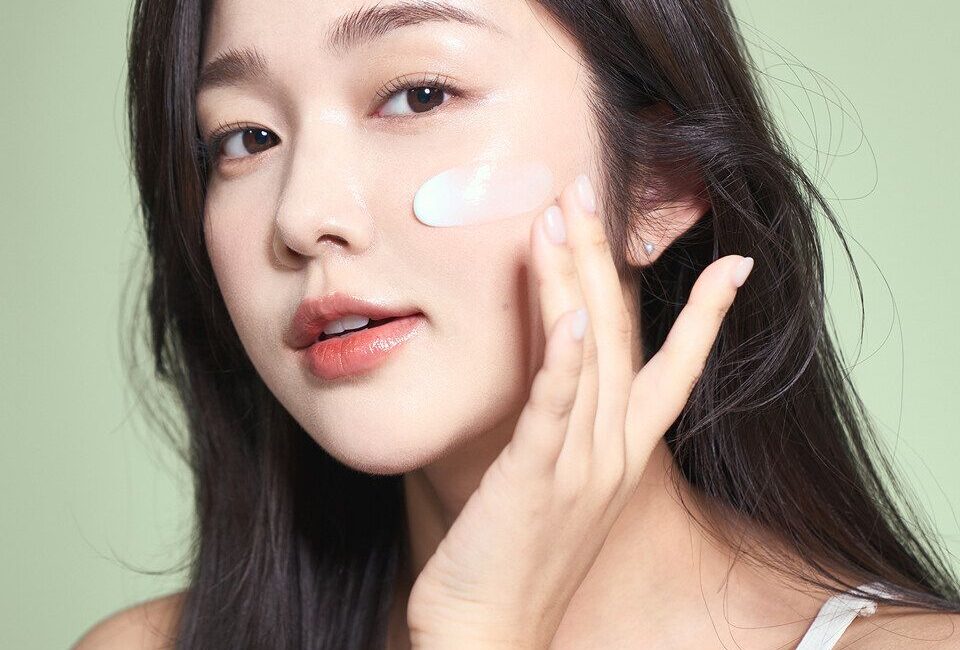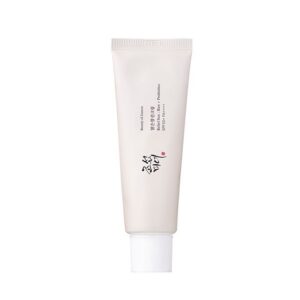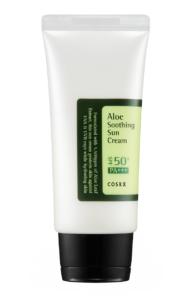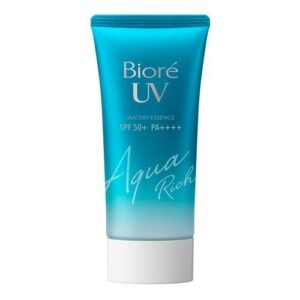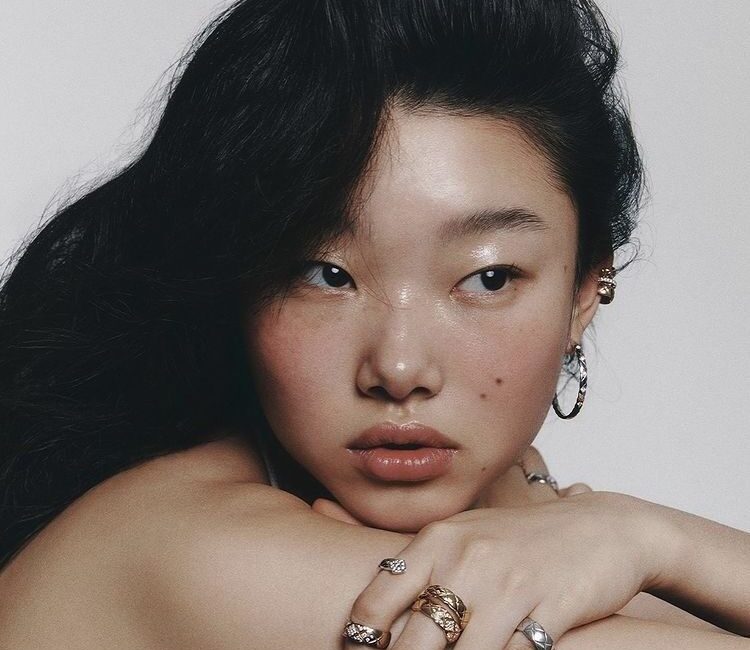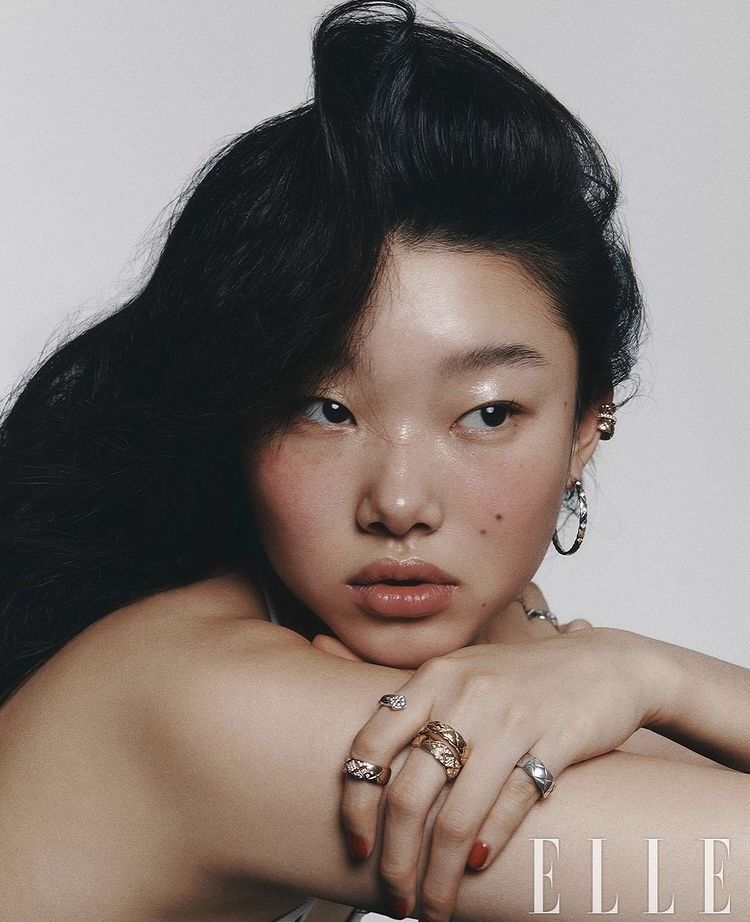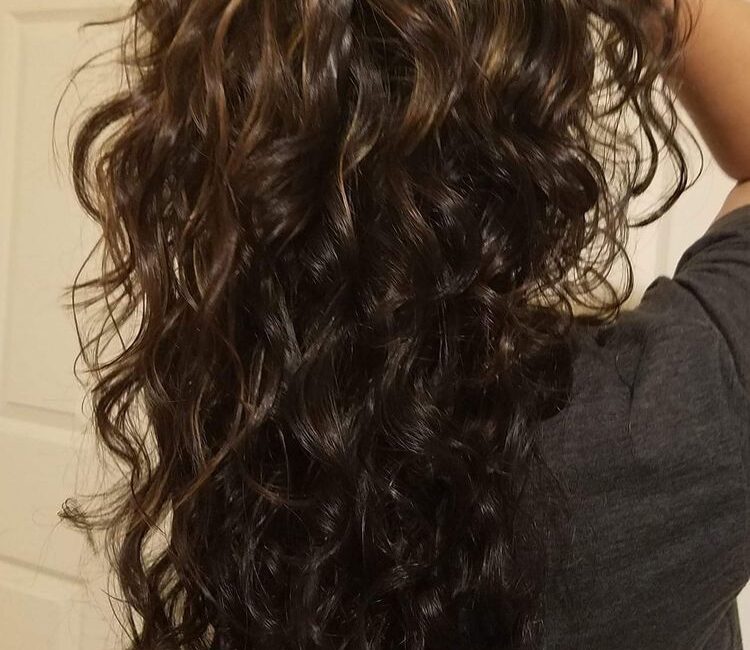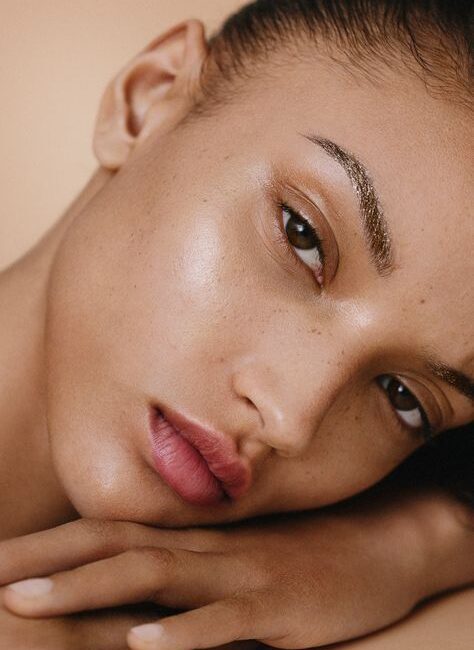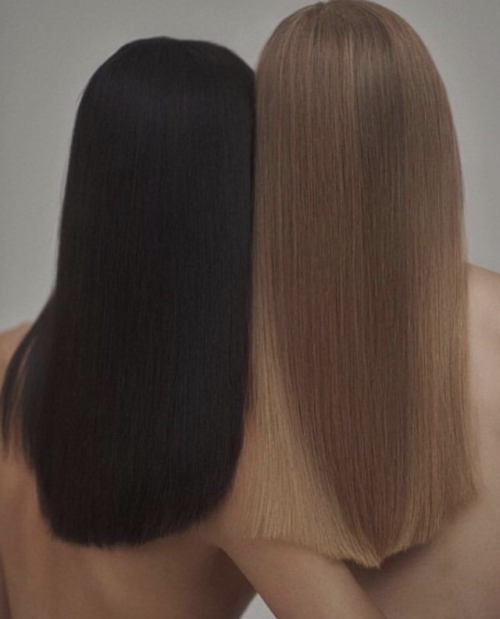

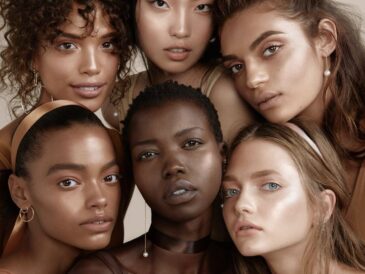
How to find your skin undertone
SKINCARE
How to find your skin undertone
Skin undertones are the subtle hues that are beneath the surface of your skin. Knowing your skin undertone is vital when choosing the right makeup, clothing and jewellery to help compliment your complexion, giving you a healthy glow.
In this article, we will delve into the world of skin undertones - how to determine your skin undertone, and how to enhance your undertones for a more flattering and radiant look.
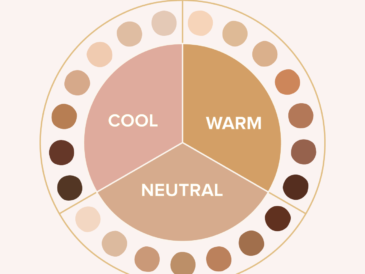
1. The Vein Test
One common method is the vein test. I recommend looking at the veins in and around your face, neck and wrist to truly identify your undertone in natural lighting; if your veins appear to be blue or purple, you most likely have cool undertones, but if your veins appear green, you're likely to have warm undertones.
If it's difficult for you to determine whether they are blue or green, you may have neutral undertones. Which is a mix of both warm and cool, so I opt for matching makeup and clothing to your skin tone itself.
2. The Jewellery Test
Another method is the jewellery test. Put on a piece of gold and silver jewellery, such as a necklace or a ring, and compare which metal is more complimentary to your skin.
You should look out for which metal gives you a healthy glow and evens out your skin, your jawline may even look more lifted and narrower!
If gold looks more flattering, you're likely to have warm undertones. However, if silver looks better, you're likely to have cool undertones. And if both metals suit you, you probably have neutral undertones - Lucky you!
3. Off-White vs Pure White Test
The white vs. off-white test involves comparing how your skin looks against pure white and off-white.
Put on a pure white piece of clothing and then an off-white piece of clothing, or hold a piece of pure/off white cloth next to your face in bright, natural light.
If your skin looks pink or rosy by comparison, you're cool toned. If your face looks more yellow, your undertone is warm. If you can wear both colours without feeling like you look washed out, you may have a neutral undertone!
4. The Sun Exposure Test
Sun exposure can also reveal your undertones. If you tend to tan easily and have a warm, golden hue after exposure to the sun, you most likely have warm undertones.
However, if you burn easily and have a pinkish or reddish hue, you most likely have cool undertones. And if you tan and burn equally, you may have neutral undertones.
Warm Undertones Analysis
Warm undertones are normally associated with natural earth tones such as browns, deep tonal reds, and rich shades of green. Bright colours also make the perfect match. Gold jewellery will also enhance your skin tone better than silver.
For makeup, go for shades of peach, coral, and golden browns for your lips and cheeks.
Cool Undertones Analysis
Cool undertones generally work well with jewel-toned colours such as emerald green, royal purple and sapphire blue.
Also, when it comes to dressing cooler skin tones, it's best to avoid bold and strong colours, such as electric blue or grassy green and oranges or yellows. You may also find that silver and rose gold jewellery complement your skin better than gold.
When it comes to makeup, go for shades of pink, berry, and blue-based reds for your lips and cheeks.
Neutral Undertone Analysis
Neutral tones look great in neutral colours, opt for sticking with shades that fall in the middle of the colour spectrum such as white, beige, and taupe. I also suggest gravitating towards shades of light peach, dusty pinks or peony pink, placid blue and jade or cameo green.
Some colours you may want to avoid are reds, yellows, and anything too bright or vibrant that can be overwhelming will typically wash you out, but if you do decide to wear yellow, try a soft version like cornsilk or buff.
And you may find that both silver and gold jewellery complement your skin equally well, and you can experiment with various colour palettes for makeup and clothing.
Check out related posts!

Classic Romance Books You Need to Read
BOOKS&REVIEWS
Classic Romance Books You Need to Read
I have compiled some of my favourite classic romance books, from a scandalous affair in Russian high society to a messy reunion of 2 former lovers in the heart of New York's jazz age.
Book 1: Anna Karenina by Leo Tolsoy
The heroine of Tolstoy's epic tale of love and self-destruction, Anna Karenina, has accumulated beauty, wealth, popularity and has an adored son with her husband.
However, she feels that her life doesn't have a purpose until she encounters the Officer Count Vronsky, who happened to be engaged too Kitty. Their affair scandalises the high society and family alike, nevertheless bringing jealousy and bitterness in its wake.
This is quite a long book with 864 pages but not a difficult read; it's beautifully packed with detail making it easy to know where you are at and what is going on, unlike other older books.
Book 2: Jane Eyre by Charlotte Brontë

Charlotte Bronte tells the story of the orphaned Jane Eyre, who grows up in the home of her heartless aunt, enduring loneliness and cruelty. Her troubled childhood fuelled her independence, which proved necessary when she later works as a governess to the brooding, Mr Rochester.
As her feelings for Rochester develop, Jane gradually uncovers Thornfield Hall's terrible secret, forcing her to make a choice. Should she stay with Rochester and live with the consequences, or follow her convictions - even if it means leaving the man she loves?
What really stood out to me was Jane's struggle for self-realisation, her strong personality and wisdom helped her to persevere in the face of adversity. Making her one of the few examples of strong women in Victorian literature that I have read so far. The book had surprising twists and I had many mixed emotions throughout reading it.
Book 3: Wuthering Heights by Emily Brontë

It begins in a snowstorm, when Lockwood, the new tenant of Thrushcross Grange on the bleak Yorkshire moors, is forced to seek shelter at Wuthering Heights, where he discovers the history of the tumultuous events that took place years before: the intense passion between the foundling Heathcliff and Catherine Earnshaw, her betrayal of him and the bitter vengeance he now wreaks on the innocent heirs of the past.
Honestly one of my all-time favourite novels. Emily Brontë describes the feelings of other characters so deeply, yet so realistically. And she managed to make such a perfect chemistry between Heathcliff and Catherine that made me feel it myself, yet it was toxic and obsessive enough to make you see how badly it would affect the character development of Heathcliff through out the story.
Book 4: Evelina by Frances Burney

Leaving the secluded home of her guardian for the first time, beautiful Evelina Anville is captivated by her new surroundings in London's beaumonde - and in particular by the handsome, chivalrous Lord Orville.
But her enjoyment soon turns to mortification at the hands of her vulgar and capricious grandmother, and the rakish Sir Clement Willoughby, who torments the naive young woman with his unwanted advances. And while her aristocratic father refuses to acknowledge her legitimacy, Evelina can hold no hope of happiness with the man she loves.
The book was full of romance and humour, honestly another favourite.
Book 5: The Great Gatsby by F.Scott Fitzgerald

As Jay Gatsby is still madly in love with Daisy Buchanan, Gatsby seeks nothing less than to recapture the moment five years earlier when his best and brightest dreams - his `unutterable visions' - seemed to be incarnated in her kiss.
The end - which was a form of dramatic irony - had surprised me fully, making this a memorable book. It can be quite difficult to grasp who's perspective you're in, but by the description you should be able to grasp what's going on.
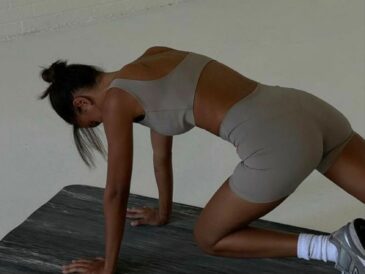
Why You Should Start Pilates
HEALTH&FITNESS
Why You Need to Start Pilates
Pilates is an effective workout to strengthen and stabilise your muscles. It can also help with flexibility and it can give you a wider variety of advantages than one gym session!
Pilates can help with your core muscles and posture. In addition, it's a great way to cross train and prevent injuries.
Pilates is a full body workout.
Pilates can increases muscular strength and tones your abdominal muscles, lower back, hips and butt - essentially the core muscles of your body. This. full-body experience is generally difficult to find elsewhere.
Pilates improves posture + builds muscular endurance.
Pilates can also help to relieve any tension in your shoulders, back and legs since strengthening these muscles helps balance out the tension that results from any weaknesses you may have.
This is perfect for anybody who sits at a desk for long periods of time since having strong core muscles promotes better posture, which can prevent or relieve the muscle tension that builds up in our day-to-day routines.
How to get started with Pilates?
It is important that you don't just watch a random video when finding a Pilates workout. You should rather find a good personal instructor you are comfortable with, to help you learn the exercises.
It's also best to gradually move through different videos of that same person if their channel is made for beginners to experts. Don't watch the same guide every time!
There are many different online Pilates classes that can help you learn the correct Pilates moves while getting a feel for how a Pilates workout would look, there is a range of prices, mainly depending on how many clients they may have or how good they are as an instructor.
Many gyms also have designated Pilates group sessions.
Check out related posts!
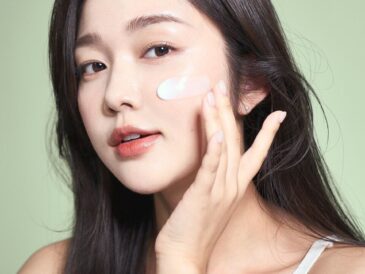
The Top 3 Korean Sunscreens of 2023
BEST PRODUCTS
The Top 3 Korean Sunscreens of 2023
Daily use of SPF 50+ sunscreen can reduce the risk of developing skin cancer, sunburn and premature ageing - including fine lines and wrinkles.
I recommend SPF 50+ sunscreens since it should protect you 50 times as long as your skin would be able to naturally protect itself. However, you should remember that a reapplication every two hours is highly recommended because certain chemicals that are protecting the skin can break down due to long exposures to the sun or the air around us!
1. Beauty of Joseon Sunscreen SPF50+
This is a lightweight and organic, chemical sunscreen. Utilising grain probiotics and rice extracts, it reinforces your skin's natural barrier to protect from future damage and premature ageing. It absorbs into the skin, perfect for people with darker complexions such as myself, and leaves a dewy glow.
It is best suited for many skin types - normal, combination, and dry skin. On the contrary, as a person with sensitive skin it can be an irritant if you have eczema or any type of rash, and you may experience a burning sensation. So I would highly recommend the next one...
2. COSRX Aloe Soothing Sunscreen SPF50+
I'm currently using this sunscreen and I'm so confused as to why I've never bought it sooner! This chemical sunscreen is best suited for all skin types and especially for sensitive skin, since the aloe vera soothes any inflammations.
This is also a non-white-cast sunscreen and also has no ingredients which could clog your pores, also perfect for people with acne-prone skin.
3. Biore UV Aqua Rich Watery Gel SPF50+
This mineral, ultra-waterproof (up to 80 mins) sunscreen is super lightweight and easily absorbant into the skin.
The sunscreen also contains hyaluronic acid and royal jelly to hydrate and brighten the skin, while being a protectant from UV rays. The gel is more runny and contains less alcohol than the sunscreen essence, making it better suited for sensitive skin.
Check out related posts!
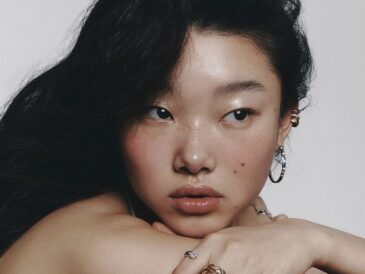
What’s wrong with my hair? – 3 Hair Care mistakes you might be making
HAIRCARE
What's wrong with my hair? - 3 Hair Care mistakes you might be making
When it comes to hair care, there are many myths and misconceptions that can lead us to do the wrong things and damage our hair.
From conditioning our scalp to washing our hair daily, our hair care routine may be doing more harm than good. Which is why it's important to understand that healthy hair starts with a healthy scalp - it's essential to take care of both in order to achieve the hair of your dreams.
Here, we'll be discussing 4 common hair care mistakes that could be preventing you from achieving healthy hair.
Mistake 1. Applying conditioner on your scalp
Many people make the mistake of applying conditioner to their scalp, thinking it will help with dandruff or dryness. However, applying conditioner to your scalp can actually clog your pores which leads to an oily scalp, dandruff and sometimes hair-loss.
When applying conditioner to the scalp, it can cause a build up in the hair follicles, causing them to become clogged. Conditioner can cause the scalp to feel itchy, which can be uncomfortable and distracting.
Instead of applying conditioner to your scalp, apply it to the ends of your hair, where it is needed the most. They are oldest and most damaged part of your hair, and need the most moisture and nourishment. When you apply conditioner to the ends of your hair, it can help to repair and strengthen them, making them less prone to breakage.
Mistake 2. Washing your hair daily
Washing your hair daily is a very common mistake that many people make, it can strip your hair of its natural oils and can lead to dryness, breakage, and an itchy scalp.
When you wash your hair, you're not only removing dirt and styling products, such as hairspray or gel, but also the natural oils that protect your hair and scalp. Which are essential for maintaining a healthy moisture balance.
The frequent washing can strip the scalp of its natural oils, making it feel dry and irritated. This can cause your scalp to produce more oil to compensate for the loss, which can lead to an oily scalp, dandruff, and acne.
Instead of washing your hair daily, try to wash it every other day or even less frequently, depending on your hair type and scalp. But, if you're worried about greasy hair, use a hair oil to refresh your hair between washes - Here's a few I recommend!
Mistake 3. Sleeping with wet hair
Sleeping with wet hair is a common habit that many of us are guilty of, but it can actually be very damaging. Your hair is in its most fragile state when it's wet, and is more prone too breakage.
Additionally, sleeping with wet hair can cause your hair to tangle and knot, which can lead to breakage. It also causes your hair to flatten and lose volume, making it look limp and lifeless when waking up. The moisture from your hair can cause the cuticle to raise, leading to a rough, frizzy texture.
To avoid this, make sure your hair is completely dry before going to bed, or use a silk pillowcase to reduce friction and damage. Silk pillowcases are smooth and gentle on your hair and reduce friction which can cause damage.
Also, you can opt for a microfyber towel instead of the usual cotton towels. They are specifically designed to absorb moisture quickly, so your hair dries faster and you can go to sleep with dry hair.
Another tip is to air dry your hair as much as possible before going to bed, or use a hair dryer on a low heat setting. This will not only dry your hair but also protect it from high heat.
Overall, sleeping with wet hair is a habit that can cause damage to your hair and prevent you from achieving your hair goals. And by making sure your hair is dry before going to bed, you can protect your hair from breakage and frizz, and wake up with healthy, shiny hair.
Here's some related posts!
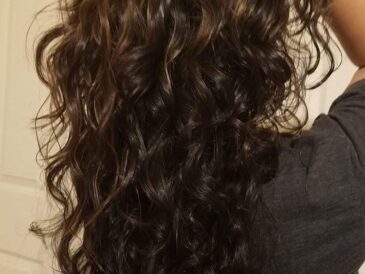
Rice Water: Can it really make your hair grow?
HAIRCARE
Rice Water: Can it really make
your hair grow?
Since the Heian period, women in Japan have used rice water on their hair to enable it to grow longer and prevent thinning.
It's a simple and inexpensive way which (supposedly) makes hair grow longer and stronger. Is it too good to be true? Here, we'll explore the potential benefits for hair growth and how it works!
What is rice water?
Rice water is the starchy water left over after soaking/boiling rice; it's rich in vitamins, minerals, and antioxidants, including inositol, which is said to promote hair growth and leaves the hair silky and soft!
Can it really make your hair grow?
In a 2010 study, scientists had found that inositol supplementation had improved hair growth in women with thinning hair...
Inositol is a carbohydrate that is found in many foods - including whole grains, beans, and fruits. And it is thought by many people that it's the key ingredient to promote hair growth.
It has been shown to improve the strength and elasticity of hair, as well as to reduce breakage and hair loss.However, more research is needed to determine whether applying rice water can produce the same results.
Potential risks and precautions
While rice water is generally considered safe, there are a few precautions to keep in mind:
1. Always rinse your rice thoroughly to remove any debris before boiling/soaking.
2. Do not leave rice water on your hair for too long, because it can cause buildup that may damage your hair.
3. If you experience any irritation or allergic reaction, stop using rice water immediately and consult a healthcare professional - you may have a rice allergy.
How to use the rice water remedy
Repeat this process once a week or as needed to condition and nourish your hair!!
1. Rinse 1 cup of rice thoroughly to remove any dirt or debris.
2. Place the rice in a bowl and add 2 cups of water.
3. Let the rice soak for 30 minutes to 2 hours, stirring occasionally.
4. Strain the rice water into a clean bowl or container.
5. Use the rice water to rinse your hair, massaging it into your scalp and through your hair.
6. Leave the rice water on your hair for 10-20 minutes, then rinse it out with warm water.
7. Use a conditioner to detangle and soften your hair.
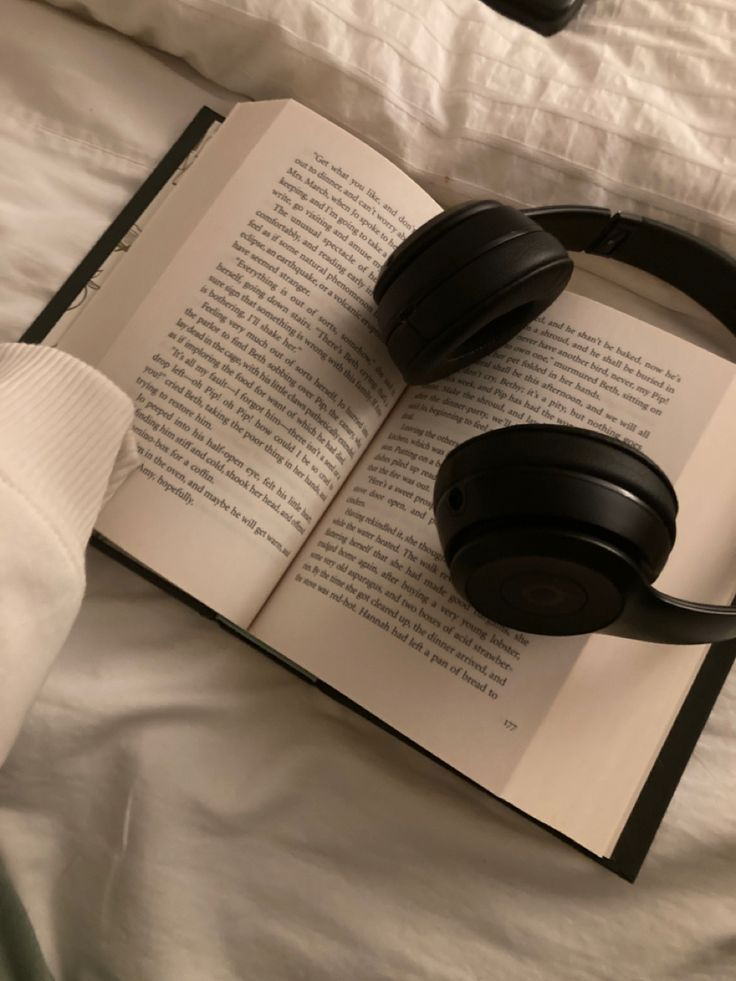
How to implement reading into your daily routine
BOOKS&REVIEWS
How to implement reading into your daily life
Reading is an amazing hobby to pick up on, that can bring numerous benefits to your life! From improved vocabulary and language skills to enhanced brain function and a stress reliever!
However, for many of us, finding the time and motivation to read can be a struggle. If you're looking to make reading more of a part of your daily routine, here are a few tips to help you get started!
1) Time
Choosing a dedicated time to read every week, every other day or everyday! Staying highly focused and fixated on something new can be challenging, so you should implement reading one step at a time. Don’t force or over-tire yourself to read all the time at once or you can be pulled away from reading!
You can read for as long as you’d like; before bed, during your lunch break, on the weekends or when you have nothing else to do for the day. If you consistently read at a certain time, it’ll be the norm for you and you’ll automatically read whenever it’s time!
2) Genre
Choosing a book that suits you is a gamechanger. If you’re reading something that genuinely doesn't interest you then it can be difficult to stay motivated to read. It’s best to start off with a book that contains any interests you already have. This can be “how to guides” or “crime novels” etc. Always read the blurb and the description of a book before reading, see if it hooks you in, if it doesn’t…it’s best not to bother reading it.
3) Lists and Goals
Having a list of books you’d like to read can help you stay intrigued in reading, since you already know what book you’d like to read next and you may wonder what the book will be like, boosting your curiosity.
Setting a goal can also be the way when trying something new. You could set a goal to read 50 pages a day, or to complete 12 books in a year! You’re more likely to accomplish that goal because you’re eager to tick it off! You could also consider joining a reading challenge or a book club, you’d be surrounded by people in the same position and interests as you, motivating you even more!
4) Choosing a reading spot
Finding a comfortable spot to read in is much more effective than you may think! Having a dedicated place to read can make it feel more special and enjoyable. Consider curling up in bed reading, or find a quiet spot at the library or a coffee shop to read in.

3 most common acne triggers: minimising acne
SKINCARE
3 most common acne triggers: minimising acne
Are you dealing with acne? No matter how many skincare products or facials you get, your skin just won’t clear up? Acne is mainly triggered by hormones, genetics and even your lifestyle choices. But, it is a very broad situation, some things may work for others but it wont work for you…but everybody can pick up these habits to at least minimise the flare-ups!
Pillowcase care
The bacteria and excess oils from your skin can transfer onto your pillowcase every night, and over time, these oils and bacteria build up, leading to clogged pores and breakouts.
The most effective way to prevent this is by frequently changing your pillowcase, at least once a week.
It's recommended to change your pillowcase more frequently if you have oily skin as the oil on the pillowcase can worsen the oil production in your skin. It’s also helpful to wash your pillowcases regularly in hot water to kill bacteria and germs.
It's also important to avoid materials like satin or silk cases as they can cause friction while you sleep which can be harsher on your skin. It’s better to use natural and breathable fabrics such as bamboo or cotton cases that can help prevent your skin from developing acne.
Sleeping pattern
Getting enough sleep and maintaining a good quality of sleep is essential for overall health and wellness, including your skin. Lack of sleep or poor sleep can cause a hormonal imbalance, which may trigger acne. In addition, sleep deprivation can cause the skin to age faster, leading to wrinkles, fine lines and other signs of early ageing.
To prevent acne caused by sleep problems, it's crucial to aim for 7-9 hours of (good quality) sleep every night. To help with this, create a comfortable sleep environment. Keeping the room dark, cool, and quiet can help with relaxation and improve sleep.
In addition, invest in pillows, a mattress and a duvet/blankets that suit your needs, some like firm mattresses while others like soft and bouncy mattresses. This tip is entirely up to you!
It’s also important to consider what you do before sleeping. Avoid activities that could stimulate your brain, such as using your phone, browsing the internet, or having daily Netflix marathons. These activities can stimulate the brain into thinking it isn’t time to sleep. Instead, try reading a book or taking a warm bath before going to sleep.
Cleansing
Poor cleansing or not cleansing at all can cause a buildup of dirt, oil, and makeup, leading to clogged pores and acne. Cleansing is an essential step in any skincare routine, as it removes all the impurities that can contribute to acne.
It's important to cleanse your skin twice a day, once in the morning and once at night, using a gentle cleanser that's suitable for your skin type.
If you have oily skin, lean towards a cleanser that contains salicylic acid or benzoyl peroxide to help reduce oil production. If you have dry or sensitive skin, use a gentle, fragrance-free cleanser that won't strip your skin of its natural oils. It's also important to use lukewarm water and gently massage the cleanser into your skin using your fingers in circular motions, avoid using a washcloth or sponge as they can be harsh and cause irritation.
It's also important to note that over-cleansing your skin can also be problematic. It can lead to dryness, flaking, and irritation, which can exacerbate acne. Cleansing your skin twice a day is usually the best for most people, but it's always good to pay attention to your skin and see how it responds to different products and frequencies.
Check out some related posts!
